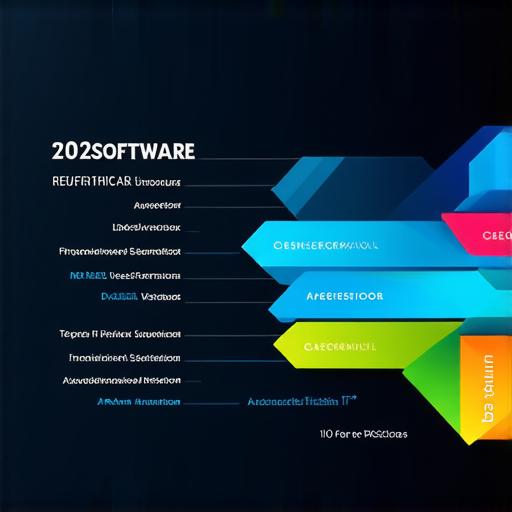As a software developer, you know that software is an integral part of our daily lives. From the applications we use on our smartphones to the programs that power our computers, software has become an essential tool for productivity, communication, and entertainment. However, software is not a one-size-fits-all solution. It comes in many different categories and types, each with its own unique features and benefits. In this article, we will explore the primary categories of software and their significance in today’s digital world.
Types of Software
There are several types of software that are commonly used in different industries and for different purposes. These include:
- Operating Systems
- Productivity Software
- Multimedia Software
- Collaboration Software
- Mobile Apps
- Enterprise Software
- Open-Source Software
The Impact of Software on Society
Software has had a significant impact on society, transforming the way we work, communicate, and live our lives. Some of the ways that software has affected society include:
- Increased Productivity
- Improved Communication
- Increased Accessibility
- Increased Efficiency
- Increased Entertainment

Case Studies: Real-Life Examples of Software in Action
To help illustrate the importance of software in today’s digital world, let’s look at some real-life examples of software in action:
- Healthcare Industry
- Finance Industry
- Education Industry
- Retail Industry
Conclusion: The Future of Software
As technology continues to evolve, software will continue to play an increasingly important role in our daily lives. From healthcare and finance to education and retail, software will continue to transform the way we work, communicate, and live our lives. In the future, we can expect to see even more innovative uses of software, as developers continue to push the boundaries of what is possible with technology.
FAQs: Frequently Asked Questions
Here are some examples of open-source software:
- Linux
- Apache
- WordPress
Software has made it easier for people to communicate with each other, regardless of their location. Email, instant messaging, and video conferencing have revolutionized the way we communicate, making it possible to connect with others around the world in real-time.
Some examples of software used in the healthcare industry include electronic health records (EHRs) and telemedicine software.
Software has been used to improve access to education and student outcomes. For example, online learning platforms have made it possible for students to access educational content from anywhere in the world, allowing them to learn at their own pace. Educational software has also been used to personalize learning experiences, helping students learn more effectively.
Some examples of software used in the finance industry include trading software and accounting software.
